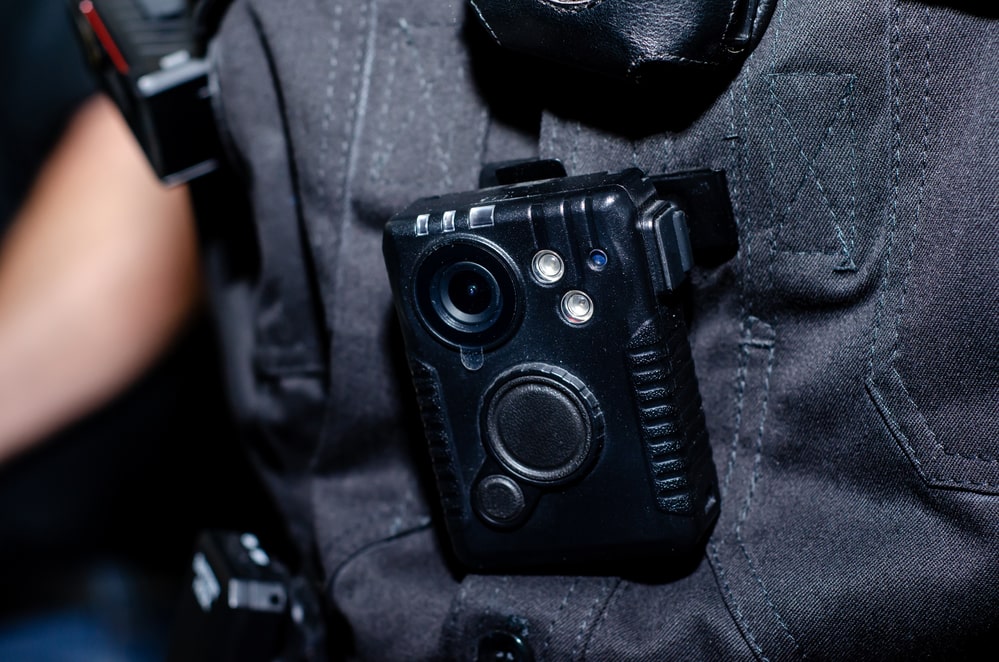Police departments in the U.S. are increasingly turning to artificial intelligence (AI) to address the challenge of reviewing vast amounts of unexamined body-camera footage. Despite the initial promise of transparency and accountability, the sheer volume of video captured has overwhelmed agencies, leading to a backlog of unreviewed footage. In response, cities are leveraging AI-powered analytics to identify problematic officer behavior and patterns, aiming to improve oversight and professionalism within law enforcement.
The widespread adoption of body-worn cameras was hailed as a means to foster trust between police and communities following high-profile incidents of police violence. However, ProPublica investigations reveal that the potential for transparency has been hindered by the sheer volume of footage collected, with most recordings left unreviewed due to resource constraints.
To address this issue, police departments are increasingly partnering with technology firms like Truleo and researchers to develop AI-driven solutions. Truleo’s software, for instance, enables supervisors to flag specific officer behaviors, such as the use of profanity or force, facilitating systematic reviews of body-camera footage.
In Paterson, New Jersey, the police department has embraced Truleo’s software as part of its reform efforts. Following a high-profile shooting incident, the department sought to rebuild public trust by leveraging technology to enhance accountability and professionalism among officers.
Beyond Truleo, other analytics providers like Polis Solutions and academic institutions are also developing AI tools tailored for policing. These tools utilize machine learning algorithms to analyze video content, identifying correlations between officer behavior and the outcomes of police encounters.
Despite the potential of AI, challenges remain regarding data transparency and accountability. Many police departments are reluctant to disclose findings from AI analyses, citing confidentiality concerns and pushback from police unions. Critics argue that without public oversight, AI tools may not fully address underlying issues within law enforcement.
While AI offers a promising solution to the review of body-camera footage, its effectiveness hinges on transparency and public accountability. As police departments continue to grapple with evolving technology, balancing the need for oversight with privacy and union concerns remains paramount.
Source: Adapted from ProPublica.



